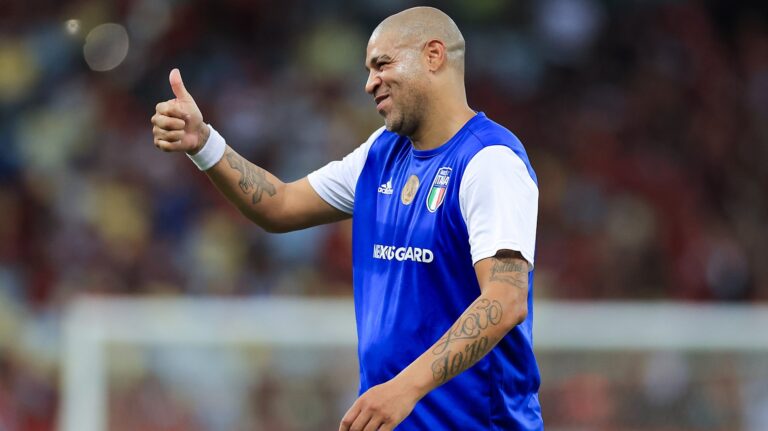Progression in Football – The Thin Line Between A Goal And A Turnover
Progression of the ball is within the fundamentals of winning a game of football game. In today’s competitive football landscape, players are expected to be receptive to diverse managerial ideas and styles in their game style. This level of competition necessitates top teams to have individuals bold enough to pioneer and inject creativity onto the pitch to enable the progression of the ball, all while navigating immense pressure.
In football, much like in life, risk-taking is important to achieve things. However, wouldn’t it be amazing if desired outcomes were achieved with minimal risk? Picture a scenario where scoring a goal required the manager to keep the defensive structure of the team rigid – a manager’s dream, but things don’t always work to our plans right.
Understanding Risks of Progression Through Creativity.
The elite teams consistently winning trophies and performing at exceptional levels owe their success to players who possess an exceptional ability: the astute management of risk with every action. They understand that while creativity and innovation are crucial, so too is ball retention in critical zones. This equilibrium, achieved through adept risk management, acts as the fine line between a goal and a turnover, ensuring consistent wins week in and week out.

In Europe’s top football leagues, there’s a clear trend: players who make a lot of key passes often complete fewer of their total passes, thus slightly lower pass completion rates. These key pass maestros usually operate in the third phase of building up an attack. Here, they’re allowed by their managers to take more risks compared to players involved in the first and second phases of buildups. Now onto the main point of the discussion of creativity and its problems.
Progression v. Possession
Teams nowadays are changing their views on possession and control of the game. They realize they might not always dominate possession or dictate games, especially against top opponents. So, they’re focusing more on transitions and counters – quick chances to catch their opponents off guard.
This makes losing the ball in the attacking third also more and more risky, as teams are in an unsettled organization defensively when building up the attack in the final phase, leaving tons of spaces and channels for opposition runners to take advantage of.
While it’s still essential to create scoring opportunities, many coaches now think that holding onto the ball is often more crucial than always trying to be creative and threatening. This approach might not lead to the most exciting style of play or entertainment, but top managers see it as a more practical way to manage games effectively.
Role of Creativity in Final Third Progression

Understanding now the costs of creativity, players that produce such threatening passes with a minimal ratio of losing the ball are priceless, this visual highlights such players. These are players that maintain a ratio of losing the ball and key passes greater than 1.0, making them threatening and good ball retainers.
Coaches recognize these players as assets due to their ability to disrupt opponents with their progression of the ball while ensuring a level of stability in possession, a combination that significantly contributes to a team’s success. Their impact extends beyond statistical metrics, influencing the rhythm and effectiveness of their team’s attacking play. Hence, within the context of this visual representation, these players emerge as invaluable assets, bridging the gap between creativity and reliability in possession.
After identifying such players, in my point of view, the goal of managers should be allowing these players opportunities to direct and lead the attack as much as possible, as it can be seen these players operate in different zones on the pitch, the team should work towards allowing and enabling these players maestros in their respective zones with as much space and time they can get them as possible, to leverage their threat to the maximum capacity.
The emphasis should not only be on increasing the volume of their passes, but it should be making sure that their dominant zone is identified and then the volume of passes generated from that zone by the respective players should increase, that’s when they would benefit the team tremendously.

Importance of Enabling Threatening Progression
As an example, we are going to be talking about my favorite team – Arsenal, it is evident that most of their progression of the ball before a shot is taken comes from the right side, the goal of a manager here should be integrating and coaching a system that gets Bukayo Saka who is the leader in terms of xT ( expected threat) to have more space and time in the dark red zones of the pitch, to truly benefit the team and produce more chances for the attackers.
This extra time and space will automatically also lower the risk of the pass played too, increasing the threat and decreasing the risk, this is what managers should focus on concerning creativity and ball progression.
Read More Attacking Football:
- Who Is Amad Diallo? Unraveling The Story Of Manchester United’s Rising Star
- My Tactical Sunday: Chelsea vs Manchester City
- The Problem With Erik ten Hag
- How Many People Play Fantasy Premier League (FPL)?
- Kaide Gordon: What Has Happened With Liverpool’s Promising Star?








